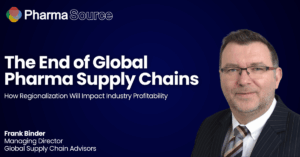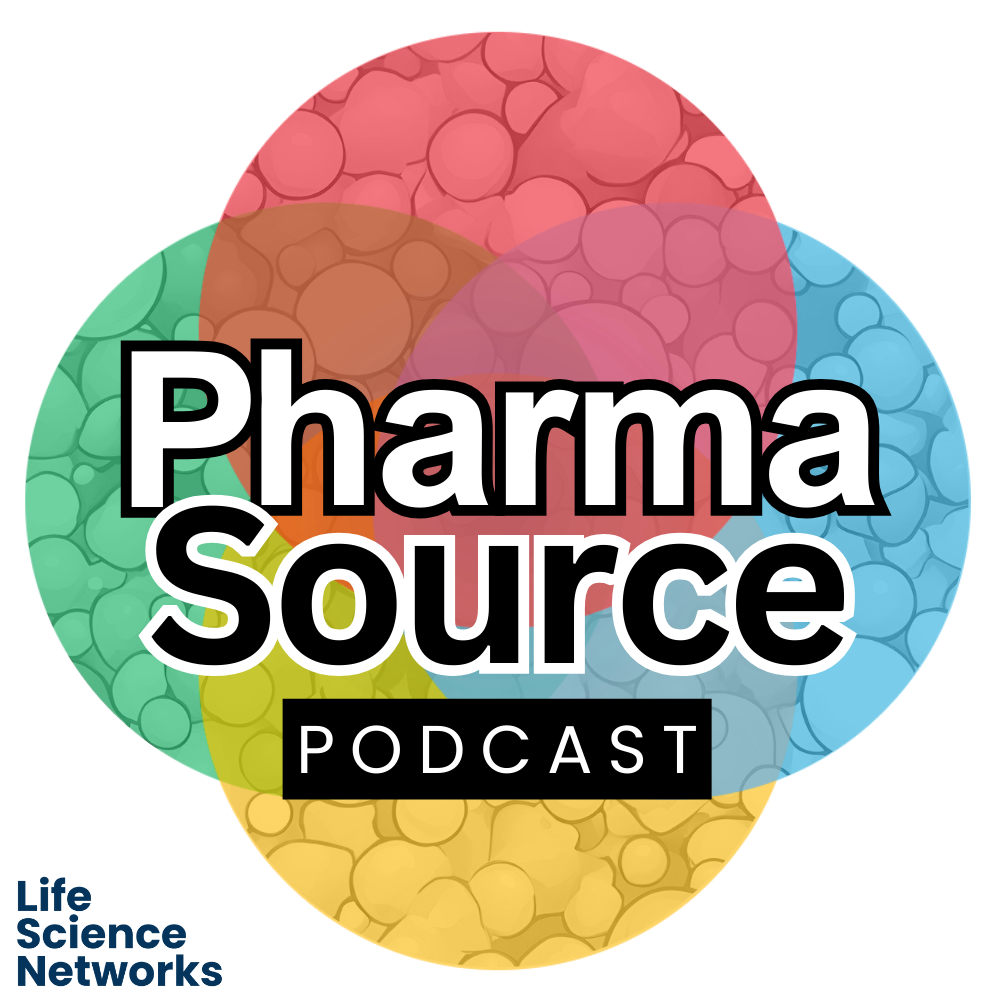At CDMO Live 2025, Elisabeth Stampa (Medicines for Europe), Elena Barboni (Flamma) and Agneta Larhed (RegSmart Life Science) discussed how Europe’s stringent new regulations could reshape the continent’s pharmaceutical manufacturing landscape.
Europe’s pharmaceutical manufacturing sector faces an unprecedented challenge as new environmental regulations threaten to drive production offshore, whilst the Critical Medicines Act attempts to bring it back home. Industry leaders warn that razor-thin margins on generic medicines could lead to widespread product withdrawals if costs aren’t carefully managed.
Environmental Rules Create Industry Alarm
The Urban Wastewater Directive, set for implementation in 2028, has emerged as the industry’s most pressing concern. The regulation requires pharmaceutical and cosmetic companies to fund quaternary water treatment facilities, potentially adding prohibitive costs to already low-margin products.
“If you think, in my country, for example, the treatment for one month of diabetes or hypertension costs 1.5 euro less than a cup of coffee,” explained Elisabeth Stampa, Vice President of Medicines for Europe. “If you add 50 cents of additional tax, possibly that product is going to be withdrawn from the market.”
Elena Barboni, Business Development Director at Flamma, acknowledged the financial burden but stressed the importance of viewing sustainability as an opportunity. “We invest a lot in Europe, also in China, to reduce emission to recovery solvents… it’s something that can give us the differentiation with other companies.”
PFAS Ban Threatens Manufacturing Equipment
Beyond waste water treatment, a potential ban on per- and polyfluoroalkyl substances (PFAS) could affect between 15,000 and 20,000 medicines, according to industry estimates. These substances are crucial for anti-gliding properties in manufacturing equipment.
Stampa warned: “Most of the equipment used to manufacture pharmaceuticals, both active ingredients and finished dosage forms, are with tools or tooling parts which have this anti-glide layer. It would have a tremendous impact in the industry.”
Early-Stage Companies Unprepared
Regulatory consultant Agneta Larhed revealed a concerning knowledge gap among early-stage biotechs regarding these regulatory changes.
“My experience is that they are not very well aware of these issues during early development,” Larhed noted. “They are more into getting their product, starting to do manufacturing, to do studies, so they don’t discuss that very much.”
She stressed that CDMOs need to take a more active role in educating their clients: “I think the CDMOs need to have a discussion with them about this so that they can be more informed about what to do.”
Sustainability as Competitive Advantage
Despite the challenges, some manufacturers are embracing the green transition. Flamma’s experience suggests that big pharma companies now prioritise environmental credentials alongside pricing.
“The first time when you go to a meeting with the pharma company, they ask immediately, which is your strategy for sustainability?” Barboni explained. “They ask you to prepare a report to give evidence what you can make for reduced emission, to reduce the carbon footprint.”
Barboni explained there has been a fundamental shift in procurement priorities with Big Pharma.
Stampa highlighted innovative approaches already being adopted: “Every time you get a restriction, the industry gets more creative on how to overcome it – e.g. flow chemistry, enzymatic chemistry”
The panel acknowledged Europe faces increasing competition from Asia, with Barboni noting that whilst some Asian companies operate at a “very low profile,” others are achieving high standards.
“I think if we want to be the best in Europe, we have to invest a lot in different things, not only in sustainability, but also in different things, like AI,” Barboni warned. “Now in China, the children from six years have to study AI in the school. So I think Europe has to move faster.”
Critical Medicines Act: A Lifeline?
The EU’s Critical Medicines Act aims to reshore production of essential medicines, currently covering 270 molecules. However, the allocated €80 million budget has been criticised as insufficient.
“It’s now with 80 million euros, which we think for 270 molecules, is very low figure,” Stampa noted. “Unfortunately, we are competing with the budget for defence now.”
The Act represents the first time regulators, industry representatives, healthcare providers and patient associations have collaborated at European level. It aims to consider factors beyond price in tender processes, including sustainability and quality.
Stampa stressed that success depends on pricing incentives: “The products need to get price incentives enough so that all those investments in better manufacturing, digitalised manufacturing, with more sustainable processes… get also a reasonable price. Otherwise we will have all this ramp up of production capabilities, but in the end, the European manufacturers will end up selling the products outside the European Union again.”
Industry Seeks Greater Engagement
Larhed emphasised the need for better communication between regulators and manufacturers.
“When the guidelines are out for consultation it’s important that the industry give their input, so that the agencies can understand what is happening out in the industry,” she advised. “It’s the industry that drives innovation and development, and the agencies are there to make sure that it’s safe and efficient.”
She encouraged greater participation in European Pharmacopoeia development.
Balancing Progress with Practicality
The panel agreed that Europe’s pharmaceutical legislation review—the first in 20 years—presents both opportunities and challenges. Positive developments include provisions for generic development, extended electronic patient leaflets, and recognition of value-added medicines. However, concerns remain about implementation timelines, particularly for Annex 1 injectable manufacturing requirements. “This was like a big shock, especially because the implementation time was one year,” Stampa noted.
Key Takeaways
- The Urban Wastewater Directive and potential PFAS ban pose existential threats to low-margin generic drug manufacturing in Europe
- Early-stage companies need better education about upcoming regulatory changes to prepare for commercial manufacture. CDMOs play a crucial role in bridging this knowledge gap.
- Sustainability investments are becoming a competitive differentiator, with big pharma increasingly demanding environmental credentials from CDMOs
- The Critical Medicines Act offers a framework for reshoring production but requires stronger financial incentives
- Greater industry participation in regulatory consultations could help shape more practical guidelines
- Success will require balancing environmental goals with the economic reality of maintaining affordable medicine supply
- Europe must accelerate innovation in areas like AI to remain competitive with Asia











